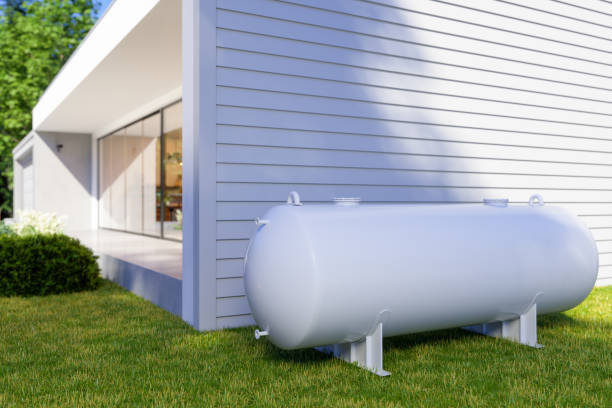Navigating the Complex Landscape of Digital Advertising
Propane businesses are presented with a myriad of opportunities to reach and engage customers through various online channels. However, navigating the complex arena of digital advertising requires careful planning and strategic allocation of resources to ensure maximum return on investment (ROI). In this article, we explore how propane businesses can effectively leverage digital advertising to… Continue reading Navigating the Complex Landscape of Digital Advertising


